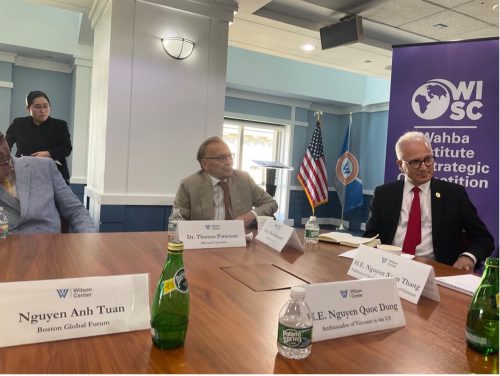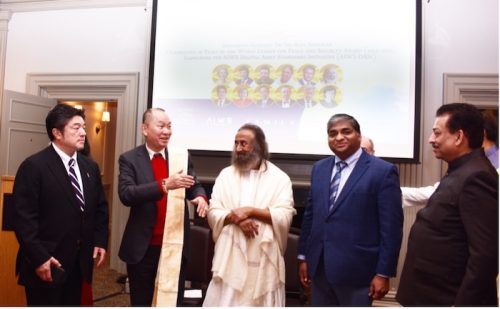In a recent paper Decision-theoretic foundations for statistical causality, Dr. Philip Dawid (Emeritus Professor of Statistics of the University of Cambridge) has developed a mathematical and interpretative foundation for the enterprise of decision-theoretic statistical causality (DT), which is a straightforward way of representing and addressing causal questions. DT reframes causal inference as “assisted decision-making”, and aims to understand when, and how, I can make use of external data, typically observational, to help me solve a decision problem by taking advantage of assumed relationships between the data and my problem.
The relationships embodied in any representation of a causal problem require deeper justification, which is necessarily context-dependent. Here we clarify the considerations needed to support applications of the DT methodology. Exchangeability considerations are used to structure the required relationships, and a distinction drawn between intention to treat and intervention to treat forms the basis for the enabling condition of “ignorability”. We also show how the DT perspective unifies and sheds light on other popular formalisations of statistical causality, including potential responses and directed acyclic graphs (DAGs).
Dr. Philip Dawid also consider the relationships between DT and alternative current formulations of statistical causality, including potential outcomes (Rubin 1974; Rubin 1978), Pearlian DAGs (Pearl 2009), and single world intervention graphs (Richardson and Robins 2013a; Richardson and Robins 2013b). In specific, Professor Judea Pearl has popularised graphical representations of causal systems based on DAGs. In his work (2009), Dr. Pearl describes what he terms a “Causal Bayesian Network” (CBN), which we shall call a “Pearlian DAG”. This is intended to represent both the conditional independencies between variables in observational circumstances, and how their joint distributions changes when interventions are made on some or all of the variables: specifically, for any node not directly intervened on, its conditional distribution given its parents is supposed the same, no matter what other interventions are made.
In the field of causal inference, Professor Judea Pearl is one of pioneer for developing a theory of causal and counterfactual inference based on structural models. In 2011, Professor Pearl also received the Turing award from Association for Computing Machinery (ACM), which is the highest distinction in computer science, “for fundamental contributions to artificial intelligence through the development of a calculus for probabilistic and causal reasoning”. In 2020, Professor Pearl is also awarded as World Leader in AI World Society (AIWS.net) by Michael Dukakis Institute for Leadership and Innovation (MDI) and Boston Global Forum (BGF).
Professor Judea Pearl recommended this paper: “Philip Dawid has written a comprehensive overview of his approach to CI. The do-operator is simulated by a decision variable in a Bayesian Network. The paper illuminates what can be done without counterfactuals, a topic of my paper”
AIWS.net is applying the causal inference model to build a national decision-making system for governments.










